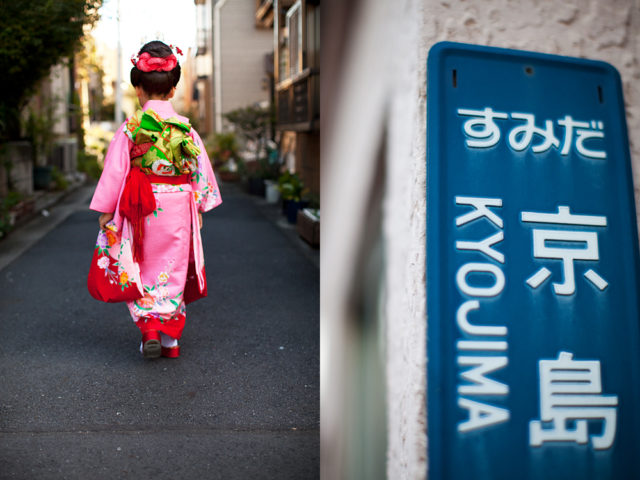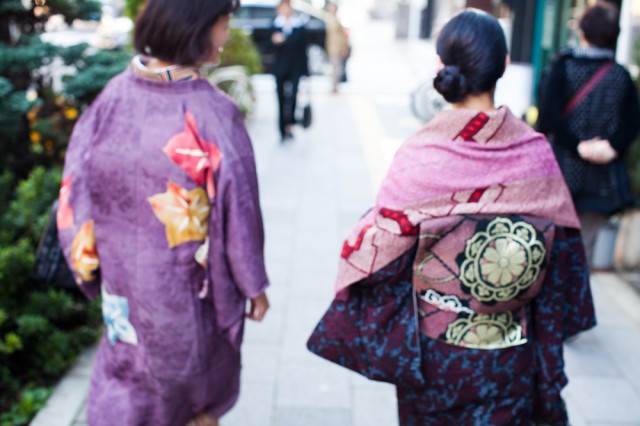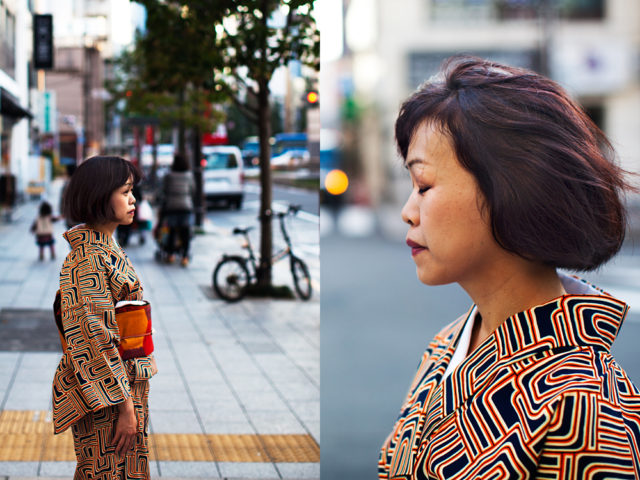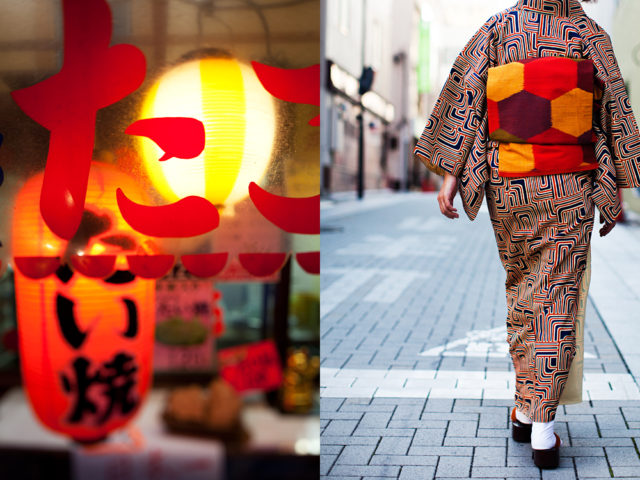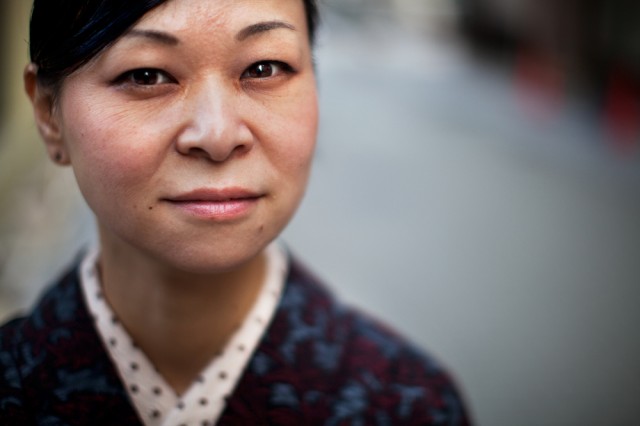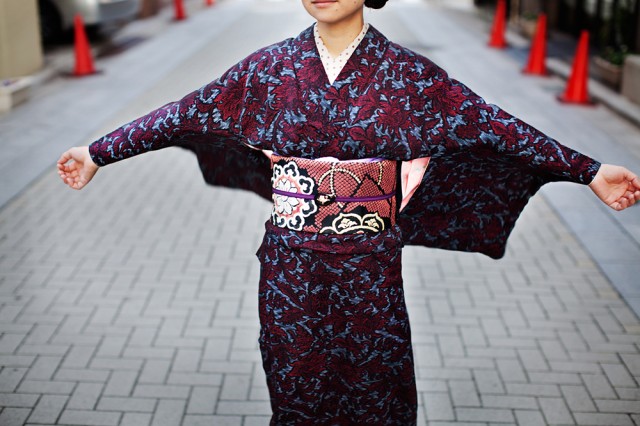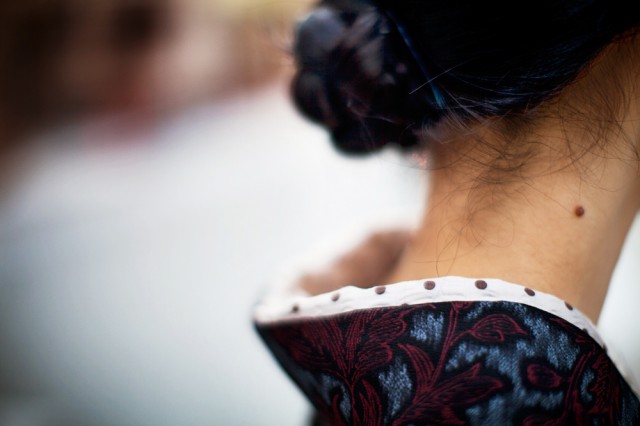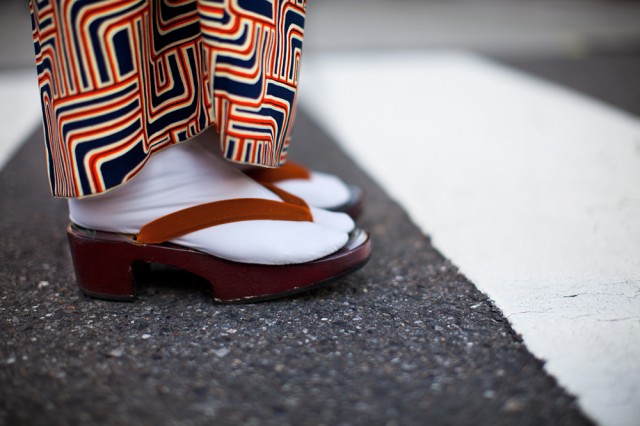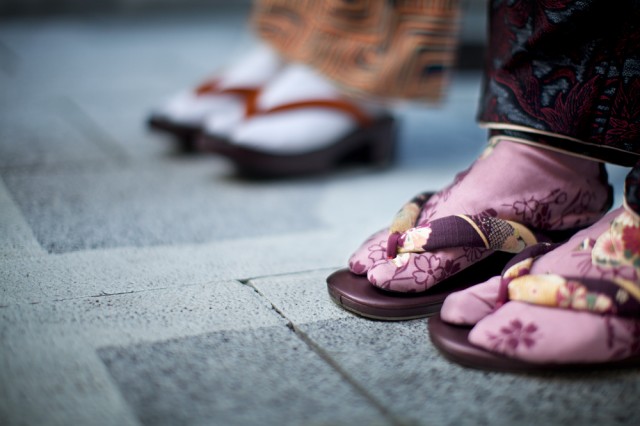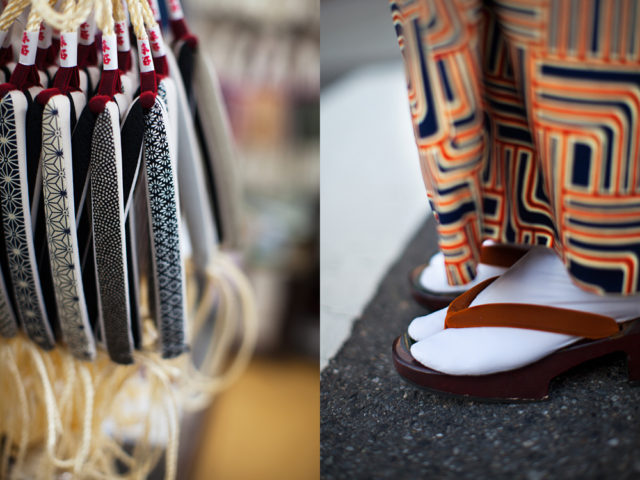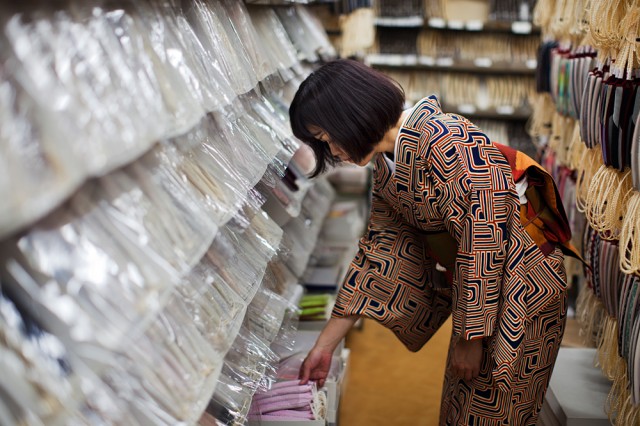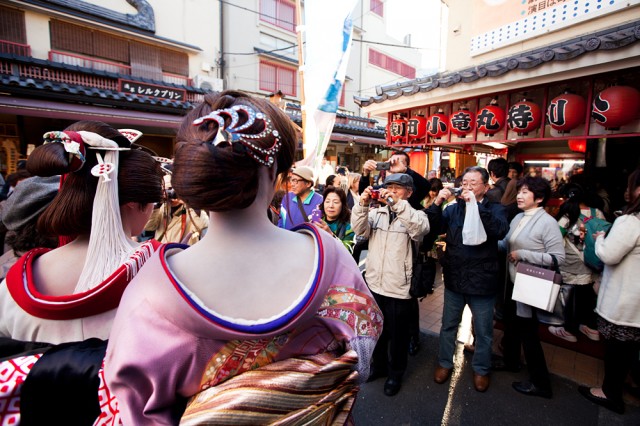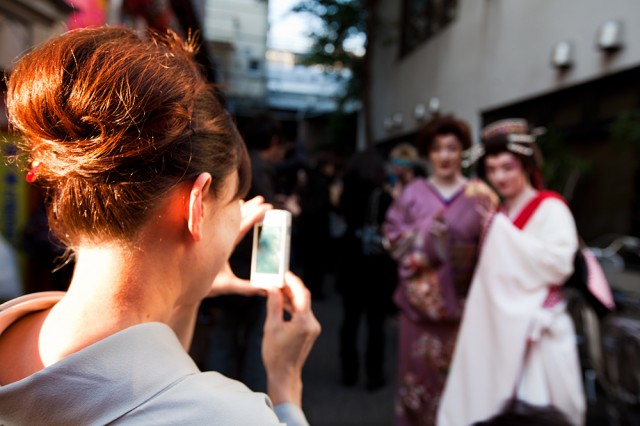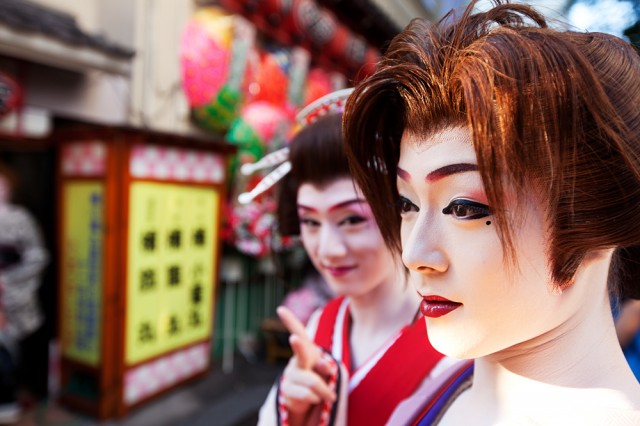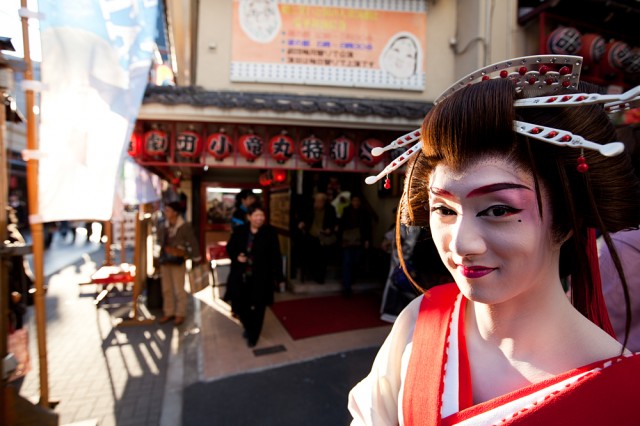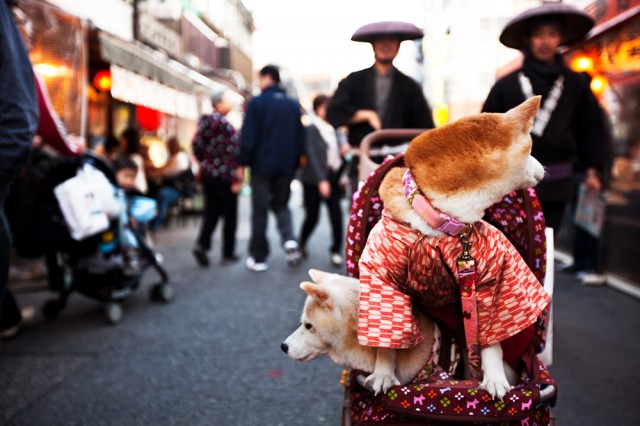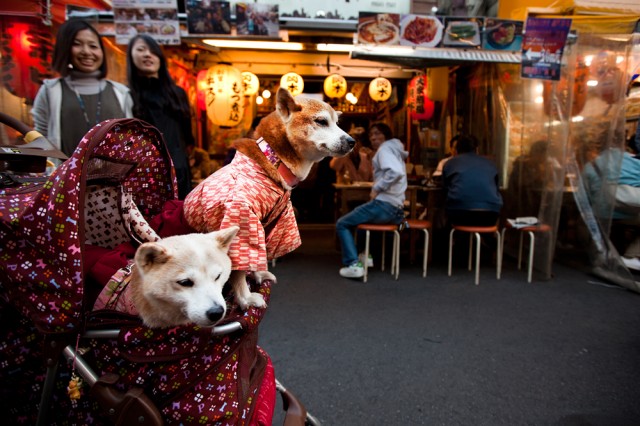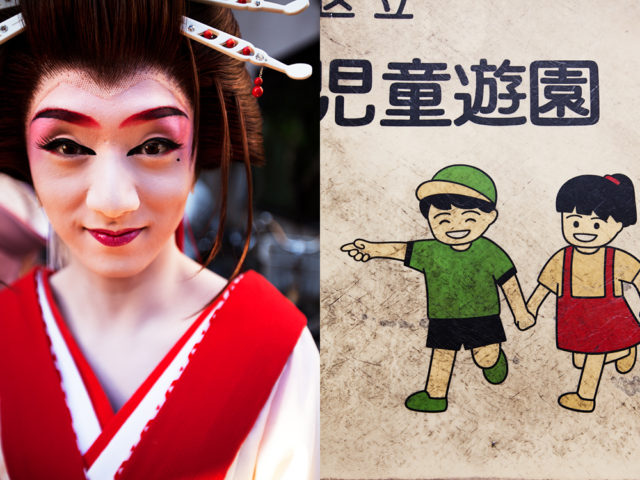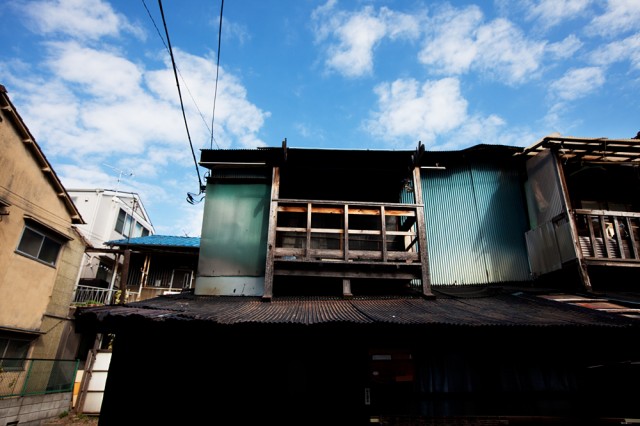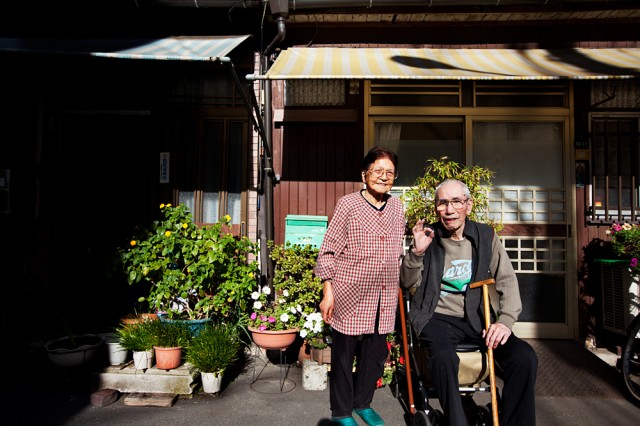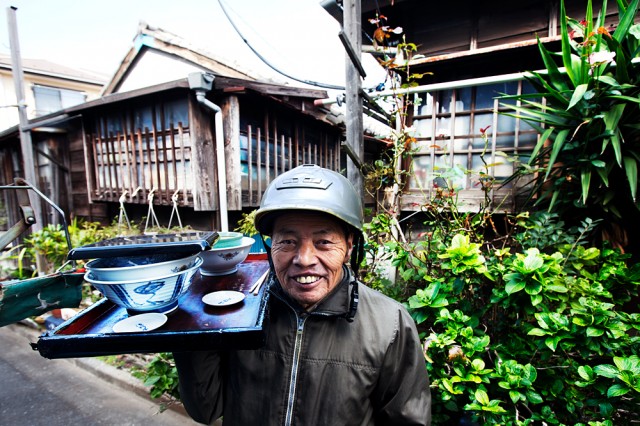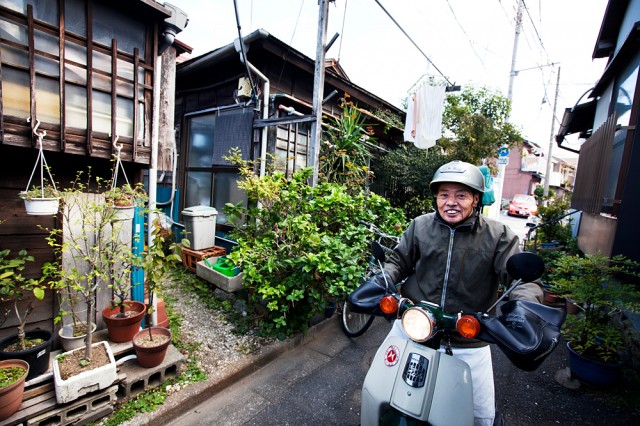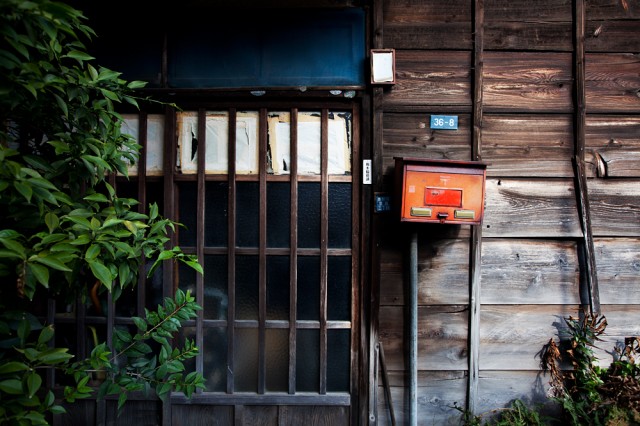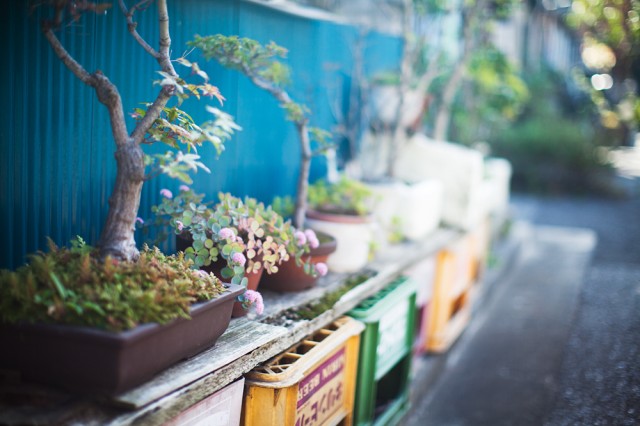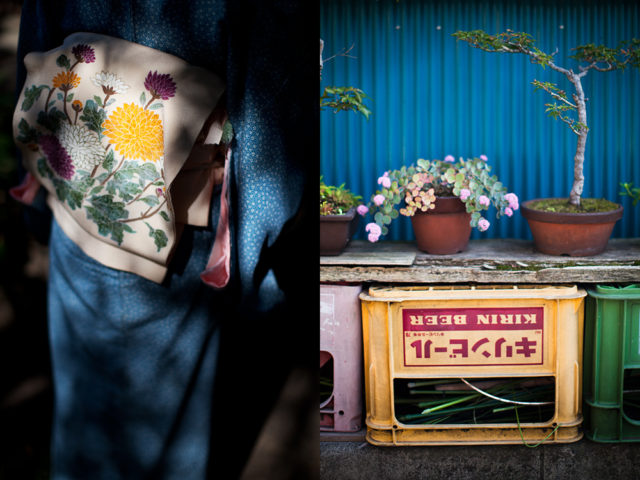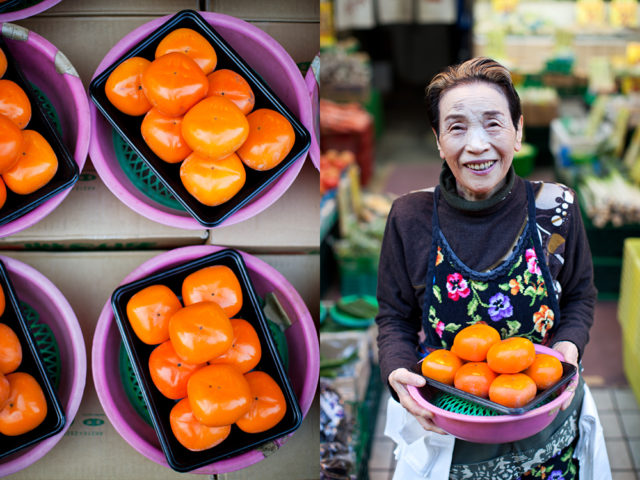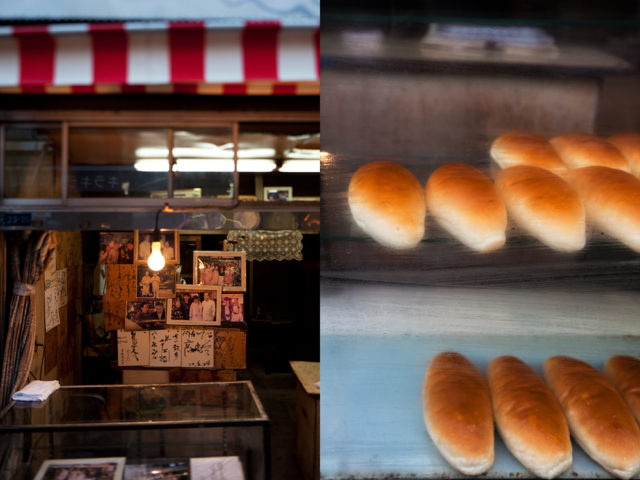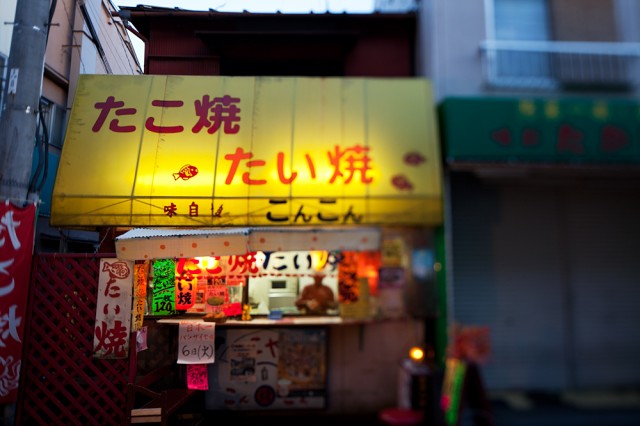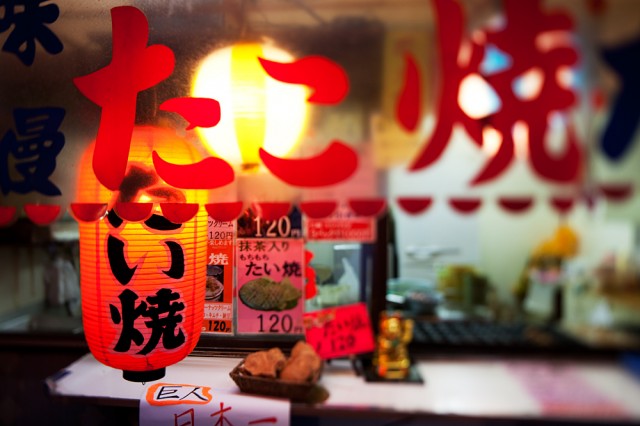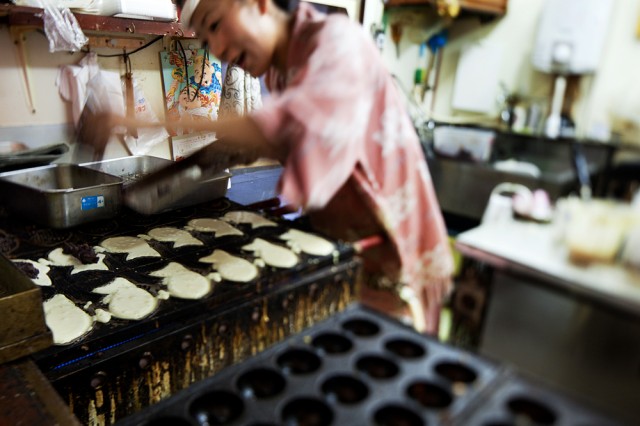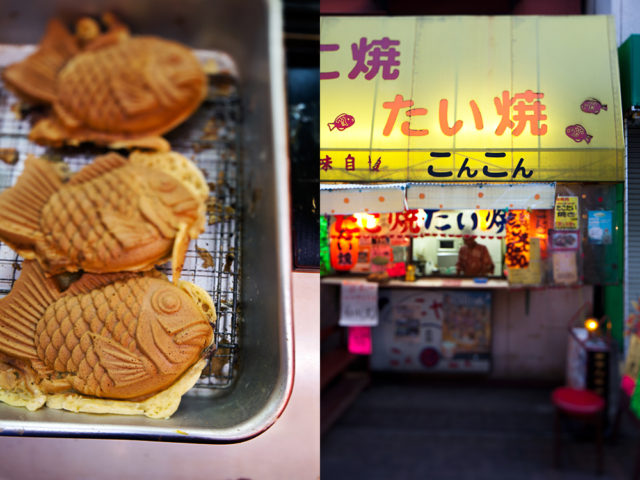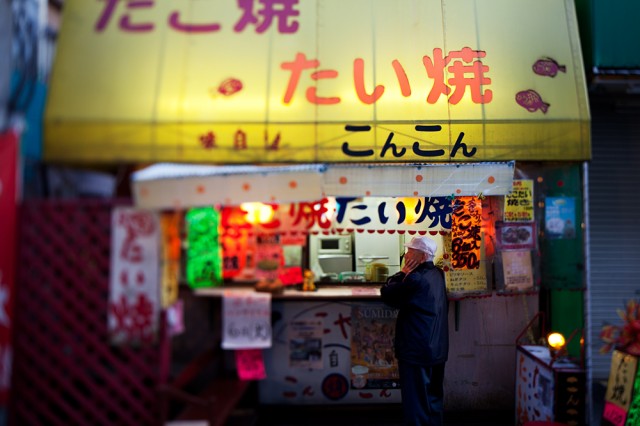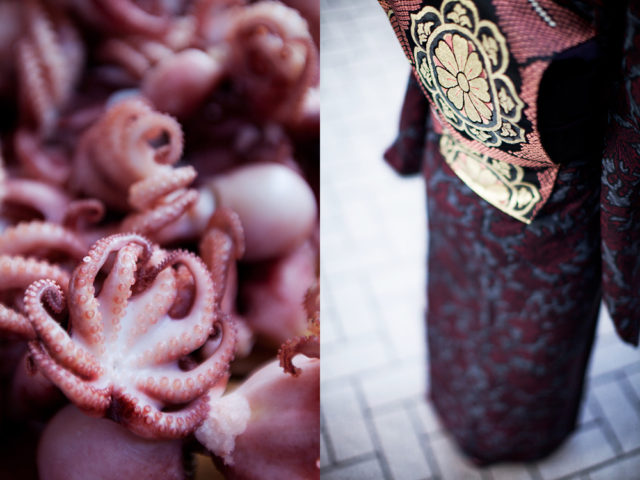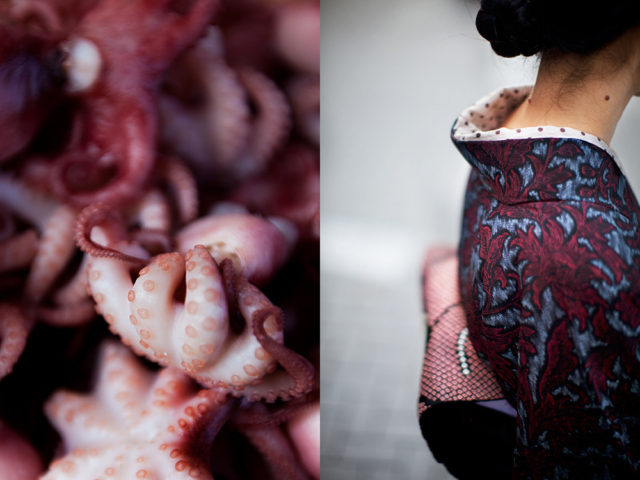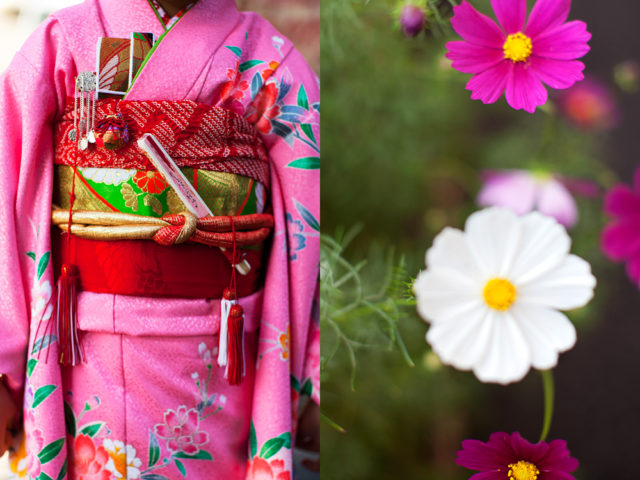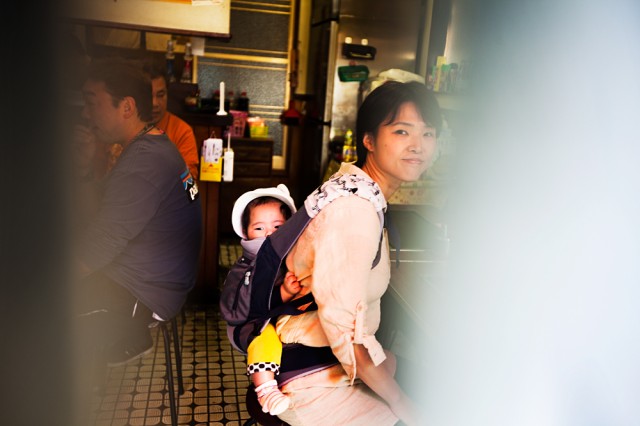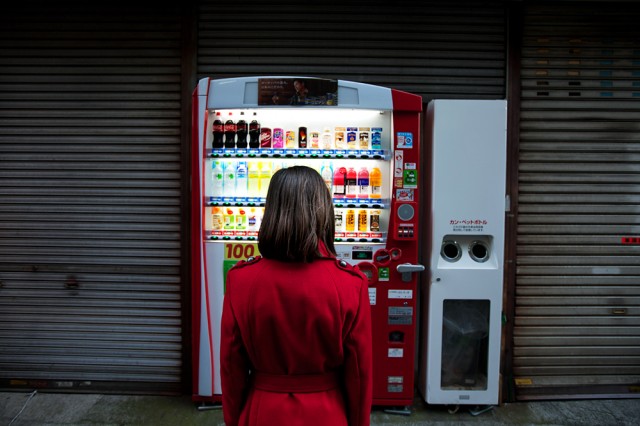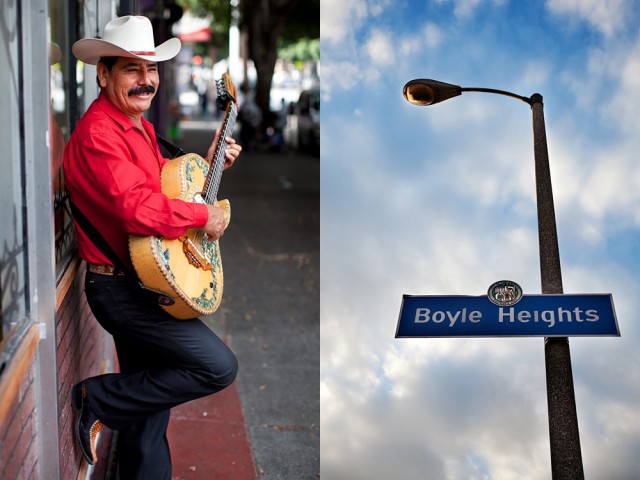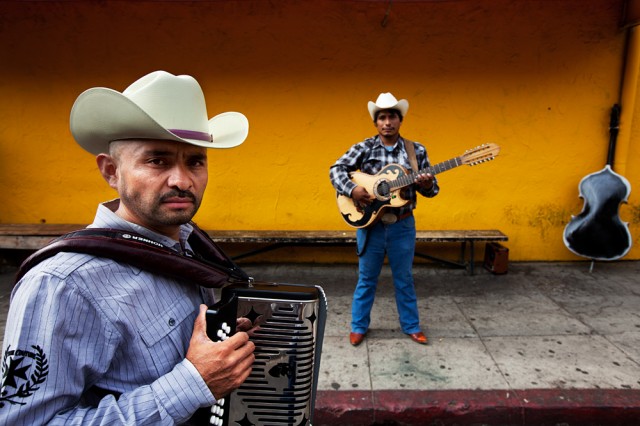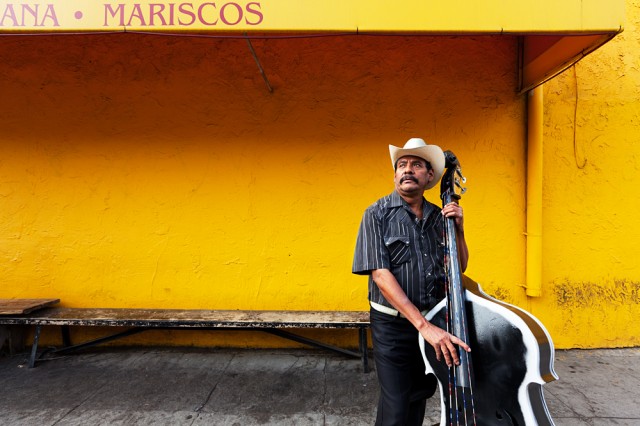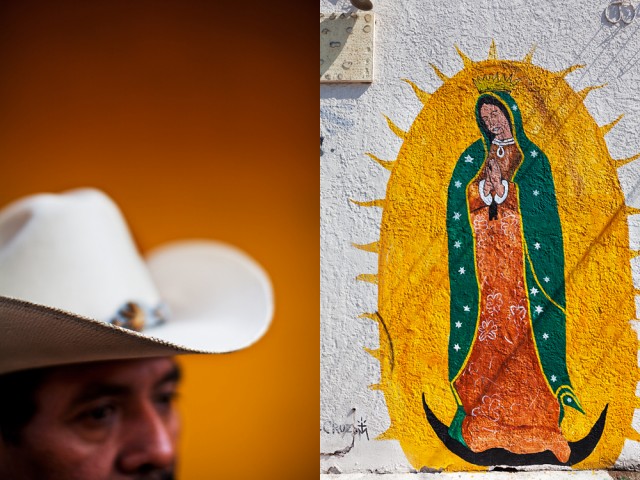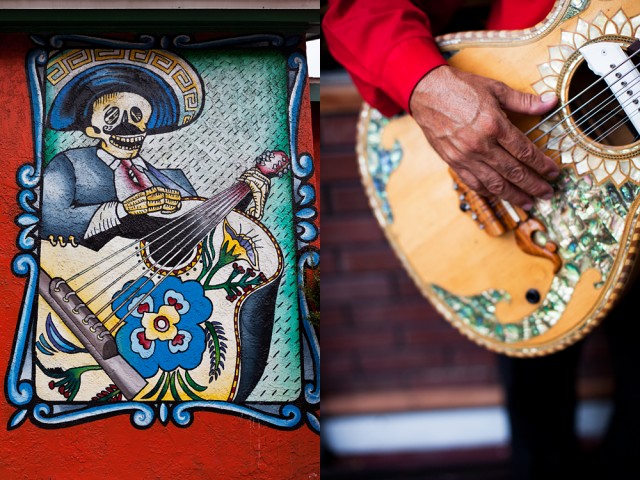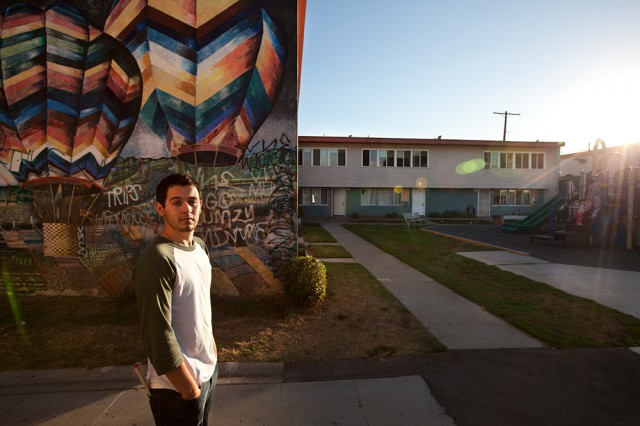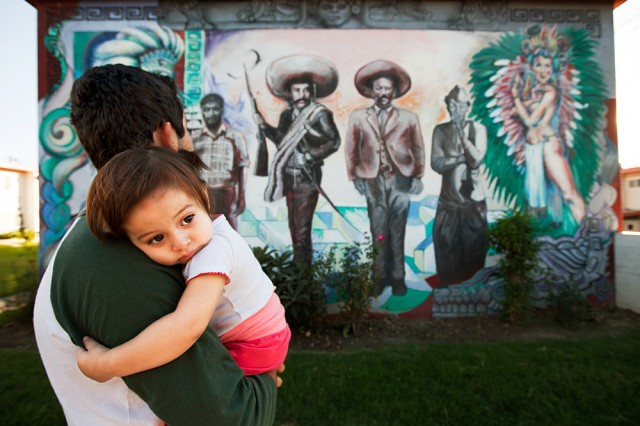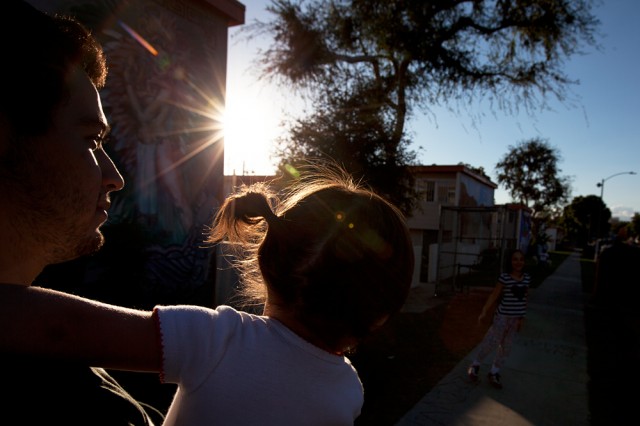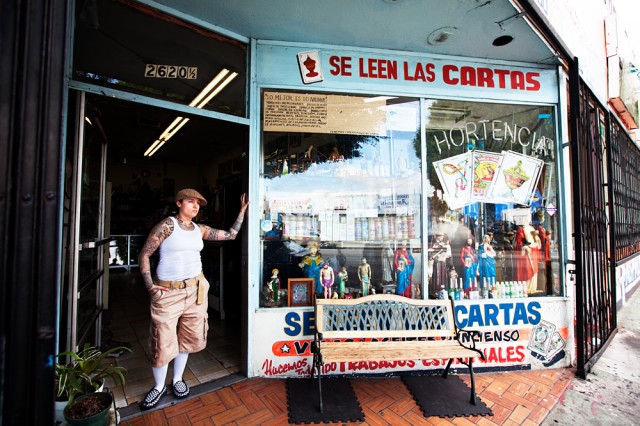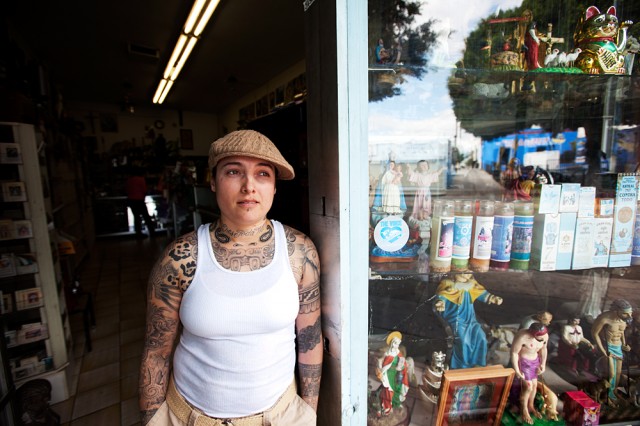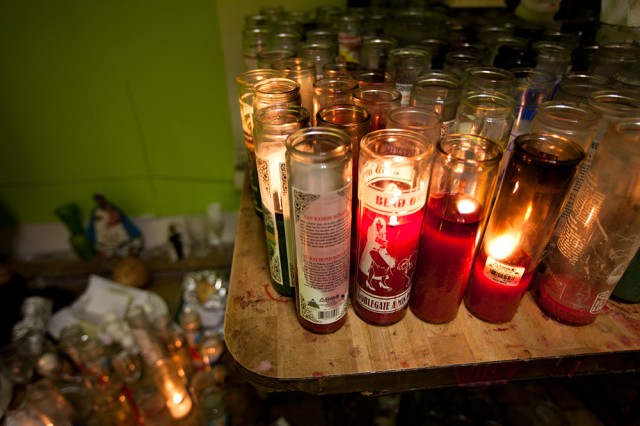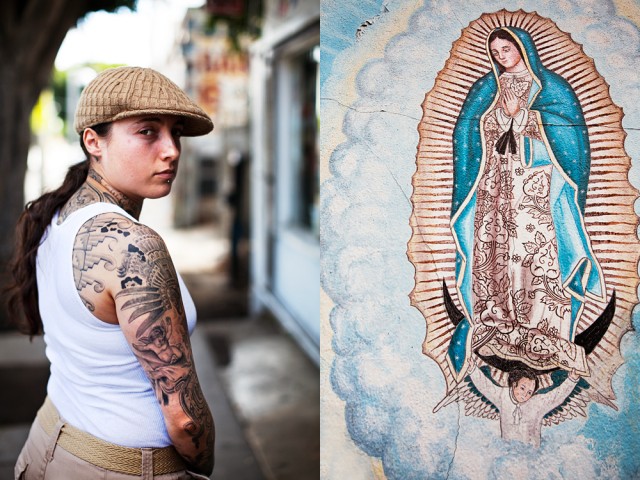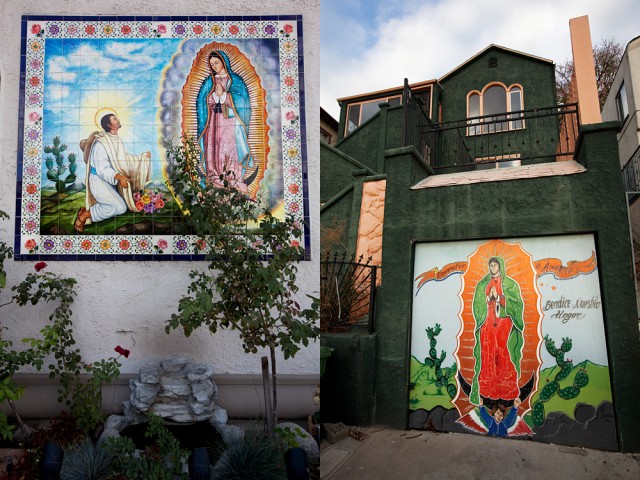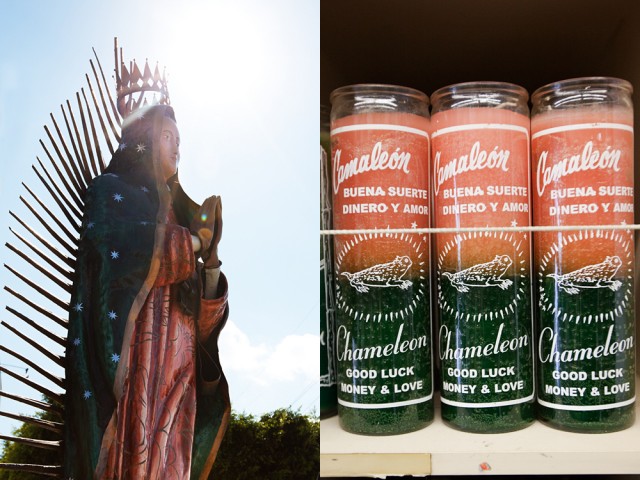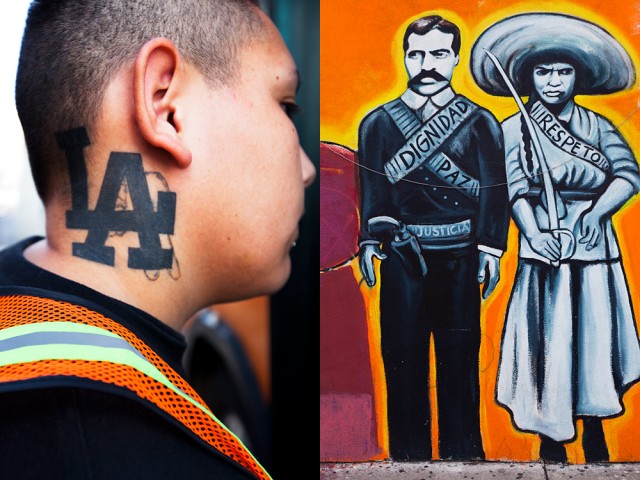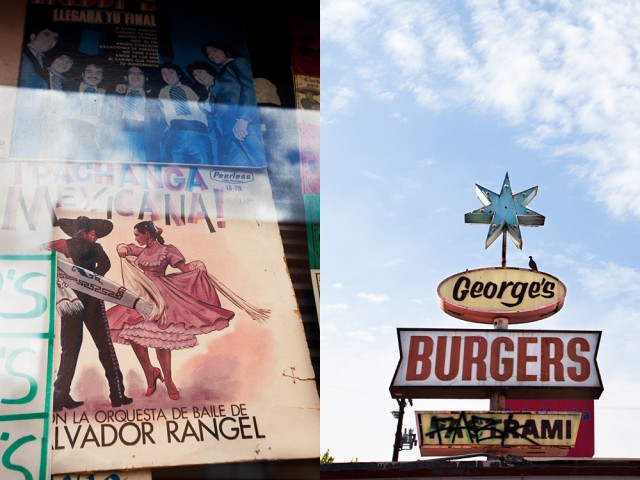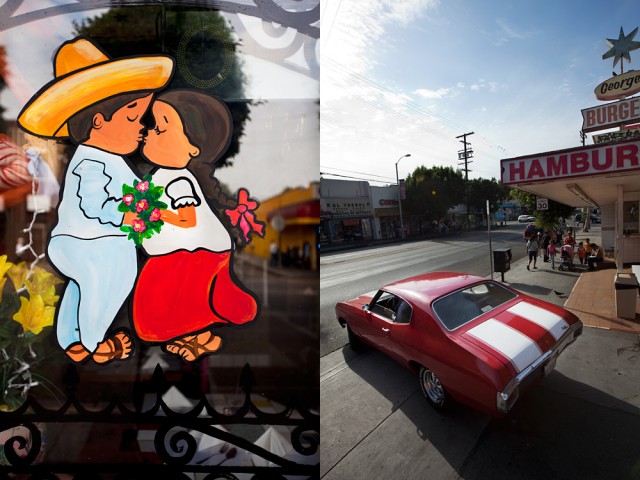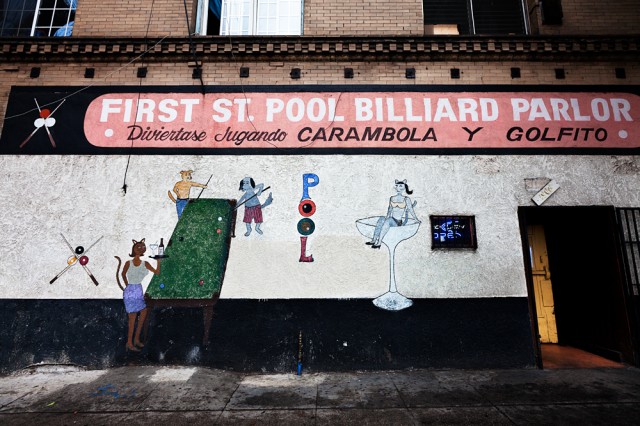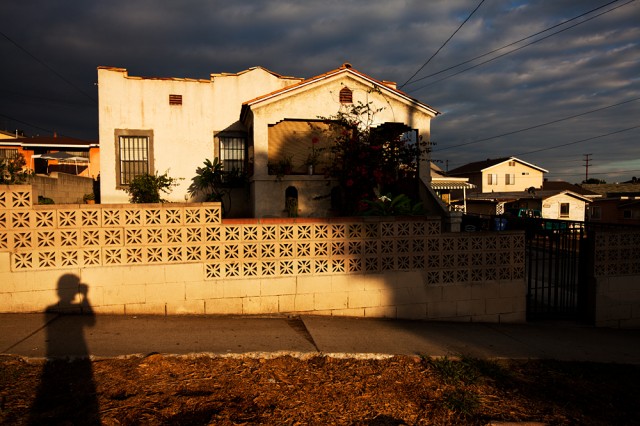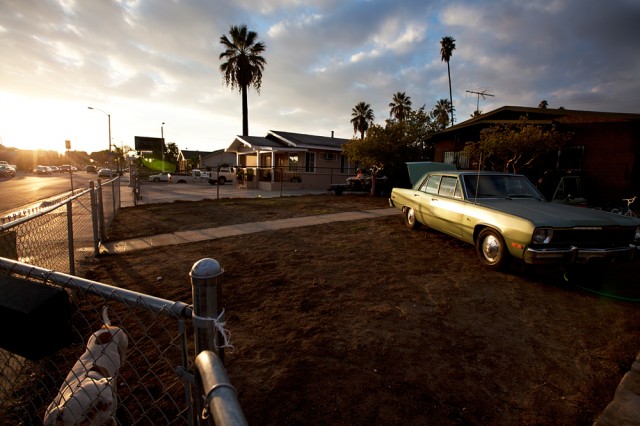I could use all kinds of long fancy words but it would all boil down to this – wow. Tokyo. Wow.
Having never been before I had little idea what to expect. I mean, sure, I’ve seen Lost in Translation too. Read some Murakami. Even done some origami in my time. But really, nothing prepared me for this.
After just over a week it’d be somewhat silly to make a grand pronouncement of exactly what makes Tokyo so interesting – but I’m in a silly mood so… You’re in Asia but it feels kind of European, it’s sophisticated but cartoony-madcap too, ancient but edgy, and while buzzy-exciting, there’s also a tremendous sense of calm.
There. Tokyo in a nutshell. The End.
Okay, no, now I really am being silly. Let’s get down to business.
For the first week here I wanted to find ‘old Tokyo’. But was it even possible? One mega earthquake and a world war had destroyed most of the old long ago. And if it did exist, where was it? In a city that makes Los Angeles look compact, I had no clue where to start.
Then I read about a festival celebrating traditional Edo culture that was happening on the weekend in a place called Asakusa. Went. Marvelled. But was disappointed. Impressive temple, grand parade but where was the patina?
Just across the river from Asakusa as it turned out. In an area that actually did survive both the earthquake and the bombs – Kyojima. So after spending half my time in Asakusa, we headed over there.
Some facts… Kyojima is in eastern Tokyo, in the historically working class ‘low city’ (shitamachi). Late 19th century, it still had paddy fields and marshes. After the great earthquake of 1923, masses of wooden ‘long houses’ were built without any planning to cater for those who’d lost their homes elsewhere. When most of Tokyo burnt to the ground in WWII, Kyojima again was spared – by the river and the railway line that acted as firebreaks – and even more people piled in.
So what’s it like today? Let’s go see…
Part 1: En route
It’s hard to follow one’s plan in Tokyo I’m finding. You set your course but then something crops up, and suddenly you’re heading down another road, literally.
Case in point – our first day in the area. As I mentioned, we started out by visiting Asakusa, right next door to Kyojima. I had planned to make a beeline for the big temple there but as soon as we exited the subway, Coco and I were thrown off course by two women in kimonos.
We’ve seen so many since then that I almost don’t have to stop and stare now – almost – but these first ones completely entranced me.
We followed them all the way to their destination – a shop that sold the traditional shoes they were wearing, geta. I ducked inside to ask if I could photograph them – without hesitation they agreed. And so ensued a little photo session…
We barely spoke a word but Kaori and Yumiko were both so patient and still. It was dreamlike and inspired some (bad) haiku…
After taking the photographs, they calmly went back inside to resume looking at the hanao, the little V-shaped straps that attach to the geta shoes.
I’d read somewhere that kimonos are enjoying a resurgence among younger women and was curious to know more. But unfortunately the language barrier prevented much chat. So I thanked them both profusely for their time and left. (And do you know, of all the kimonos we’ve seen in the past week, their two remain my favourite.)
Part 2: Still en route
Our next visit was also to Asakusa because at this stage I was still hoping to find the ‘old’ there. We only caught the tail end of the parade of traditional culture and costumes but found a few characters hanging around on the streets late afternoon, being madly photographed by the passing crowd.
And then, more dress-ups…
The ‘ninjas’ were actually rickshaw drivers who whipped out cameras instead of nunchucks to snap the dogs because they were so kawaii – cute.
Part 3: Finally, Kyojima – and the search for the rare nagaya
By day three I’d worked out that Asakusa wasn’t floating my boat – but that just across the Sumida River was a neighbourhood called Kyojima that probably would. It was apparently one of the few traditional areas left in Tokyo, filled with old wooden ‘long houses’ called nagaya. Patina here we come!
First thing of note is that while Kyojima may be old, right next door is Tokyo’s latest, greatest – Skytree, the world’s tallest tower, opened just this year.
As we wandered around Kyojima’s maze-like alleys, filled with bicycles not cars, residents would ask: So you’re here to see Skytree? No, actually, we’re here to see you! You and your nagaya.
Of course, finding the old nagaya – which are basically three dwellings in one long structure – wasn’t as easy as I’d imagined. I later learned that over the last five to ten years a lot of them have been demolished, some because of the Skytree development itself. (Apparently a trusted community leader who supported the Skytree project was instrumental in getting others in Kyojima to sell their land to the developers. He moved to the 41st floor of one of the condominiums the Skytree people built, saying, “I’m going from a horizontal nagaya to a vertical nagaya”. )
Despite the scarcity of the nagaya, we managed to find a few. This one’s day must be numbered – it’s uninhabited and just standing.
Around the corner we found a happier story, that of husband and wife Shiego and Fumiko Motosuna. Fumiko has lived in the small house they call home for 80 of her 82 years; Shiego, for their married life, all 54 years of it. Although Shiego at 83 is very fragile, he only needs to open his front door and take a few shuffling steps to sit in the sun and be part of the world.
As Coco and I were trying to communicate with the couple, their younger neighbour popped her head out, to give us the once over and then to help translate – I can only imagine how reassuring it must be for the older couple to have her and their other neighbours so close.
On another visit we met a Japanese father and son, Tak and Ken, out on a nagaya hunt themselves. They actually took us to the one below, where we ran into Mr Suzuki, a local restaurant owner who was picking up some dishes from the owners of the nagaya, having delivered the food a little earlier. No styrofoam or plastic here – and I love the ingenious system for transporting the tray of food on the back of the motorbike.
After Tak, Ken and Mr Suzuki had left, Coco and I stayed to have a nose around the nagaya.
Part 4: Down the main street
I’d started to get a sense of the lovely community feel of Kyojima when we’d met Fumiko and Shigeo. But walking down the small shopping street, Tachibana Ginza, I really started to understand what was so special about this place – it felt like a small village despite being in the middle of the world’s largest metropolitan area. Virtually car-free, everyone on bikes, kids running around – and the friendliest shop keepers providing everything you needed for dinner.
I particularly liked Yumiko and her colourful shop selling takoyaki (octopus in batter) and taiyaki (red bean paste in batter). I couldn’t sample the wares (gluten) and Coco didn’t want to (scared), so I can’t tell you what they were like. But they looked pretty tasty.
And then there’s takoyaki – which sounds so much nicer than octopus balls…
The octopus inspired more (still bad) haiku…
Part 5: The future of Kyojima
As atmospheric as neighbourhoods like Kyojima are, many consider that they’re also a disaster waiting to happen – densely packed areas with narrow lanes that fire trucks and ambulances wouldn’t be able to squeeze through in the event of a major earthquake (predicted to strike Tokyo within 30 years).
After last year’s disastrous earthquake in northern Japan, the government is even more concerned and is looking closely at ways to reduce the risk – the nagaya surely would be the first to go.
I don’t know what’s more worrying, that or the fact that Japan has an extremely low birth rate and a rapidly aging population; I read somewhere that Tokyo’s population could halve in the next 90 years.
From what I could see Kyojima is at least doing its bit to repopulate Tokyo – there seemed to be kids everywhere. Like seven year old Himari, who was dressed for the ‘3-5-7 festival’ – Shichi-Go-San – where kids aged three, five and seven don traditional costume and visit temples and shrines.
And Hinata and Icho, playing what looked like hopscotch, minus any numbers.
And perhaps the newest member of Kyojima…
The Wrap
Maze-like, cramped and at major risk of fire damage from any future earthquakes it may be, but in a city as vast – and ‘new’ – as Tokyo, Kyojima is a wonderful thing, housing families who’ve lived here for generations in a tightly knit community. And I’m glad I got to see the nagaya – I’m not sure how much longer those dear old things can hang on for.
On the ‘home front’
Coco, being the easy-going, consistently happy, endlessly positive child that she is, has pretty much loved every city we’ve been to. But I think Tokyo is the one that will leave the greatest impression on her. We really haven’t seen much aside from Kyojima yet but already she’s smitten. She can’t get over the kimonos and the school uniforms and the way little kids travel on the subway by themselves. Or how kind and helpful the people are (aside from going out of their way to help us with directions, we were also invited to a small tea ceremony one day).
Then yesterday, as a bribe to do yet another few hours of exploring, I took her to a ‘cat cafe’ where people who can’t keep pets in their homes can hang out with 20+ felines. She loved it. Begged me to stay longer. Desperate to go back.
So that’s it. She’ll have travelled all around the world and people will ask, what was your favourite place. Paris, Rome, Disneyland?
Na, the cat cafe.
Ah well.
—
This suburb has been brought to you by Di Quick
—
See you next week.
